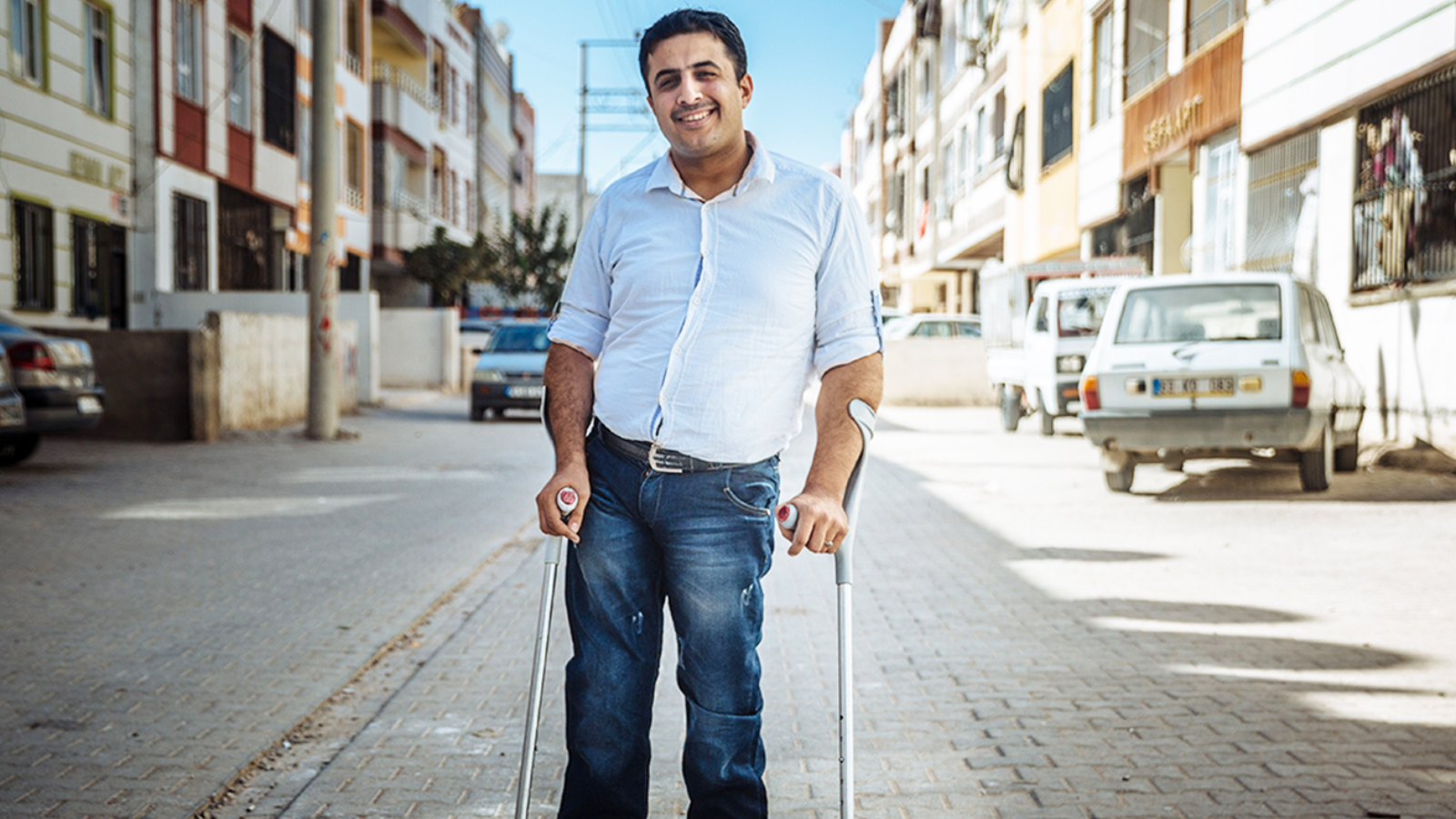
Asia and the Pacific is home to an estimated 690 million persons with disabilities. Persons with disabilities face barriers to full and effective participation in society, with many having intersecting disadvantages when disabilities interact with other characteristics, including gender, age, ethnicity, income and place of residence.
Many persons with disabilities are poor and in vulnerable employment without adequate social protection. ESCAP research indicates that the difference in poverty rates between persons with disabilities and the general population can be as high as 20.6 per cent, and persons with disabilities are two to six times less likely to be employed than those without disabilities.
These disadvantaged circumstances make persons with disabilities more vulnerable during the COVID-19 pandemic, especially those with existing health conditions.
Certain containment measures, including social distancing and self-isolation, may be difficult: persons with physical disabilities may need assistance from attendants to fulfil physiological requirements while persons with intellectual disabilities may require guardians to support their daily needs. The livelihoods of persons with disabilities are also at serious risk due to the economic downturn brought about by the pandemic. In the wake of the COVID-19 outbreak, governments have the responsibility to mainstream disability inclusion into pandemic responses to ensure that the rights and well-being of persons with disabilities are safeguarded.
Read more about "Ensuring Disability Rights and Inclusion in the Response to COVID-19".
Resources:
COVID-19 Outbreak and Persons with Disabilities by UNDESA
Source: UN ESCAP
 Welcome to the United Nations
Welcome to the United Nations